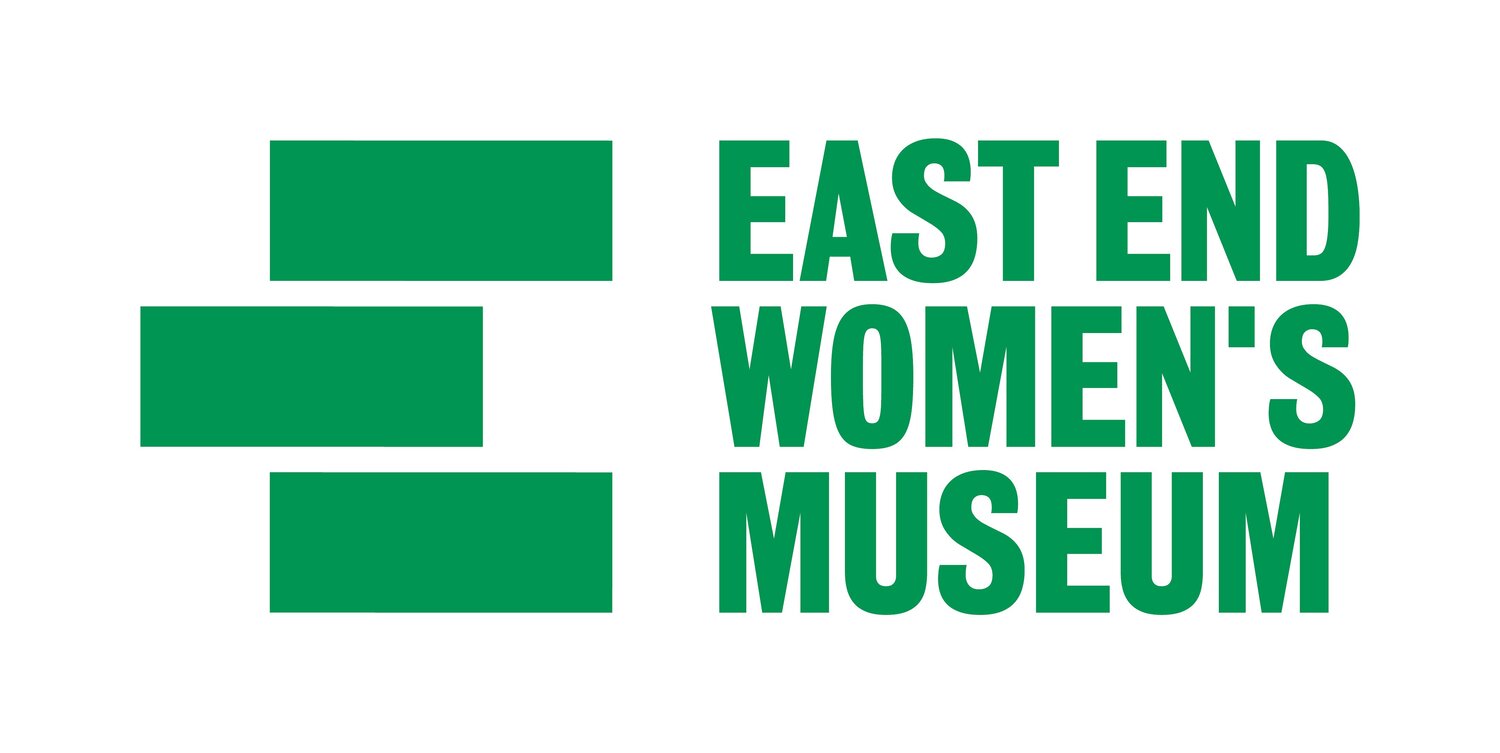Making Her Mark: 100 years of women’s activism in Hackney
© Lenthall Road Workshop
In 1918 most women over 30 gained the right to vote in parliamentary elections. The same year also saw the first general election where women took part as voters and candidates. But the story of women’s activism in Hackney doesn’t begin or end with the suffragettes…
Over the past 100 years, local women have brought about change in their community and in wider society, both within and outside of traditional democratic politics.
The Making Her Mark exhibition tells the story of women-led activism in Hackney from 1918 to the present day, through political campaigns, industrial action, peaceful protest, direct action, and the arts.
It was created by the East End Women’s Museum in collaboration with Hackney Museum and was on display at Hackney Museum from February - May 2018. Curation was led by a community advisory panel who challenged us to uncover hidden stories of women who have changed society, from a wide variety of backgrounds and often despite numerous disadvantages. Here are some highlights.











